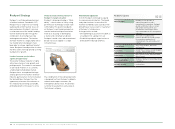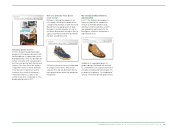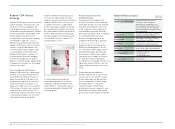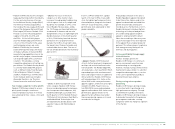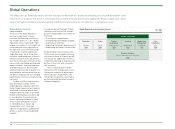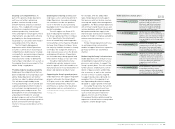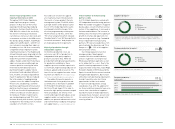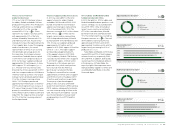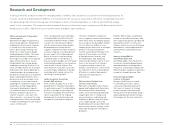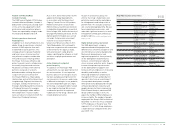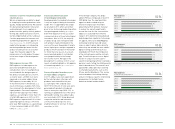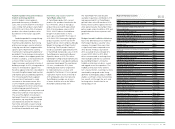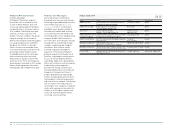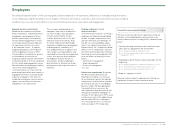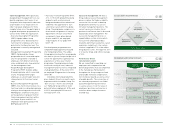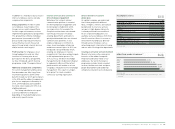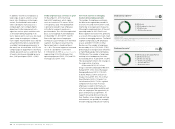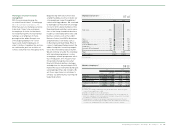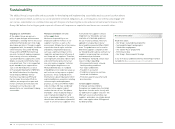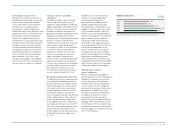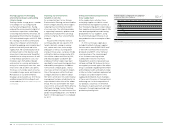Reebok 2010 Annual Report Download - page 116
Download and view the complete annual report
Please find page 116 of the 2010 Reebok annual report below. You can navigate through the pages in the report by either clicking on the pages listed below, or by using the keyword search tool below to find specific information within the annual report.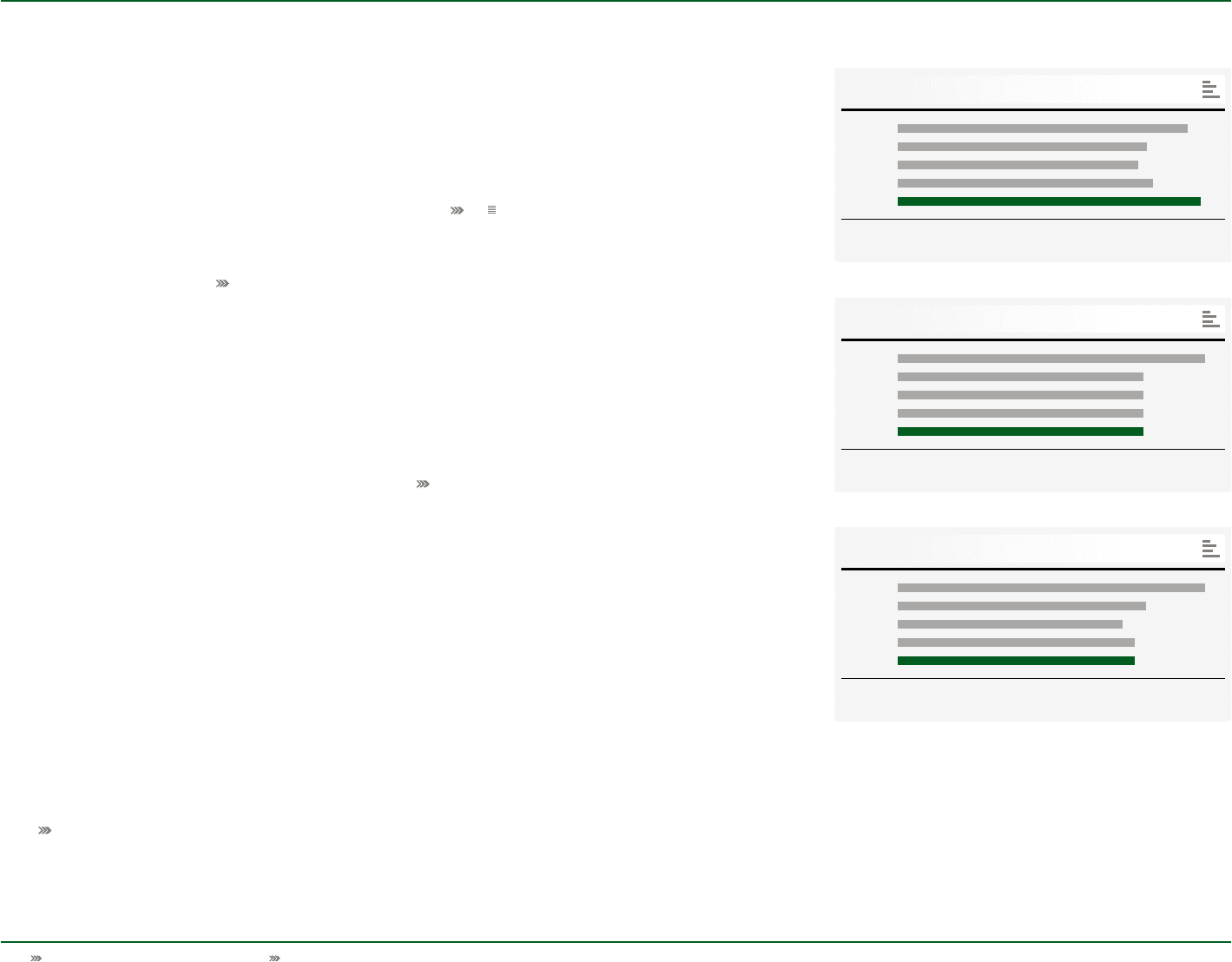
112 Group Management Report – Our Group Research and Development
R&D expenses
€ in millions
1) Including Reebok, Rockport and Reebok-CCM Hockey from February 1, 2006
onwards.
R&D expenses
in % of net sales
1) Including Reebok, Rockport and Reebok-CCM Hockey from February 1, 2006
onwards.
R&D expenses
in % of other operating expenses
1) Including Reebok, Rockport and Reebok-CCM Hockey from February 1, 2006
onwards.
02
03
04
2006 1 )
2007
2008
2009
2010
2006 1 )
2007
2008
2009
2010
2006 1 )
2007
2008
2009
2010
98
84
81
86
102
1.0
0.8
0.8
0.8
0.8
2.6
2.1
1.9
2.0
2.0
Initiatives to further streamline product
creation process
We aim at improving our ability to adapt
to changing consumer preferences more
quickly, flexibly and efficiently. We achieve
this by facilitating the direct interaction
and involvement of our suppliers in
product creation, quality control, product
testing and commercialisation. In 2010,
we fully implemented our Fast and Lean
Creation programme for footwear and
started the programme for apparel see
Global Operations, p. 106. In 2010, we also
made further progress on integrating
marketing and design teams into the
product creation process at an earlier
stage. This measure supports the
minimisation of costly product changes
in the later stages of the development
process.
R&D expenses increase 18%
R&D expenses include expenses for
personnel and administration, but
exclude other costs, for example those
associated with the design aspect of
the product creation process. In 2010,
as in prior years, all R&D costs were
expensed as incurred. adidas Group
R&D expenses increased by 18% to
€ 102 million (2009: € 86 million) as a
result of increases at adidas from initia-
tives relating to the development of intel-
ligent products. Personnel expenses
represent the largest portion of R&D
expenses, accounting for more than 69%
of total R&D expenses in 2010. In 2010,
R&D expenses represented 2.0% of total
operating expenses versus 2.0% in the
prior year. R&D expenses as a percentage
of sales remained stable at 0.8% (2009:
0.8%) see Note 2, p. 189.
Successful commercialisation
of technological innovations
Developing industry-leading technologies
is only one aspect of being an innovation
leader. This is supported by the awards
we attained in 2010, which are further
proof of our technology leadership within
the sporting goods industry see 06.
Even more important is the successful
commercialisation of those technological
innovations. Also in 2010, the majority
of adidas Group sales were generated
with products newly introduced in the
course of the year. New products tend to
have a higher gross margin compared to
products which have been in the market
for more than one season. As a result,
newly launched products contributed
over-proportionately to the Group’s
net income in 2010. We expect this
development to continue in 2011 as our
launch schedule highlights a full pipeline
of innovative products see Subsequent
Events and Outlook, p. 174.
Successful product launches across
all major adidas categories
In 2010, adidas sales were again driven
by the latest product offerings, with
products launched within the year
accounting for 75% of brand sales
(2009: 80%). Only 2% of total sales were
generated with products introduced
three or more years ago (2009: 3%). In
running, an updated version of the ultra-
lightweight running shoe adiZero adios
was launched in 2010. Using advanced
composite materials and innovative
construction and design, this shoe
enabled athletes to win over 60 major
race titles in 2010.
In the football category, the adidas
adiZero F50 was introduced at the 2010
FIFA World Cup. The new SprintSkin
upper has been created using an
innovative single-layer microfibre
polyurethane (PU) synthetic material
to reduce the overall weight and to
ensure the shoe fits like a second skin.
adidas also launched the Clima365
range in 2010, demonstrating advanced
body temperature regulation technology
for apparel, which uses BodyMapping
technology to define heat and sweat
zones in order to place fabrics directly
where they are needed the most. adidas’
digital training system miCoach was
extended in 2010 with the introduction
of the miCoach pacer and the miCoach
app. The miCoach pacer uses a digital
trainer in conjunction with sports-
specific training programmes to provide a
personal coach, telling the athlete exactly
what to do and when. The new miCoach
app extends adidas personal coaching
to smartphone platforms, such as the
iPhone and the Blackberry. This service
further broadens the training offering
and also introduces specific conditioning
programmes for football, tennis,
American football and basketball.


